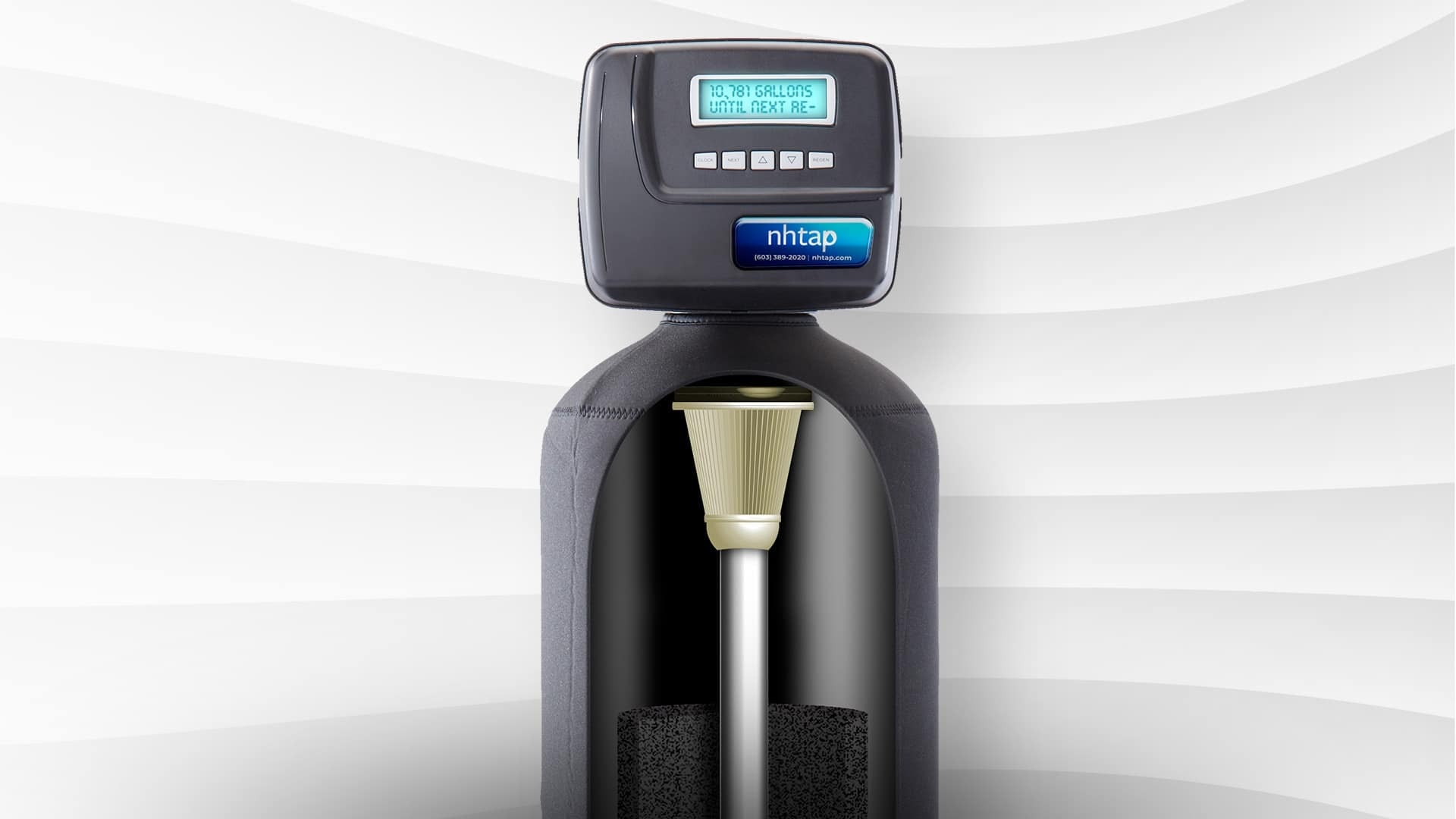New Hampshire PFAS Map and What This Means For You

When you’re looking at the New Hampshire PFAS Map, it can be more than a little disturbing. With multiple sites ranking well over 45 ppt (PFOA+PFOS), there’s definitely a concern to bring further testing to more areas throughout the state and mitigate any issues with filtration.
New Hampshire PFAS Map
You can look at a few different maps to compare the testing and results across the nation or just here at home in NH. It’s striking how much PFAS contamination is centered in the Northeast — and we have been concerned for years over this issue. From Saint-Gobain to the Pease site, there are ongoing issues that link PFAS spreading around the Granite State, making its way into our environment and drinking water.
Mitigating the Risk for PFAS
We’re grateful that the state has instituted stricter PFAS regulations. While the national average of “safe” PFAS water levels is at 70 parts per trillion, our current state regulation is set to —
- PFOA: 12 parts per trillion
- PFOS: 15 parts per trillion
- PFNA: 11 parts per trillion
But if you’re wondering just how safe any level of PFAS is, you’re not alone. Since this chemical is called the “forever chemical” and can build up in your body for years, avoiding this toxin at all costs is essential to maintain your and your family’s health and wellness long-term. In fact, in June of 2022 the EPA released a health advisory drastically lowering acceptable levels of PFAS in drinking water to 0, based on emerging science.
So, from city water to well water, there’s still the question for every resident in our state, “How safe am I really from this toxic chemical?” and “Do I need to do something now?” With the problem only growing, we believe it’s better to do something now rather than wait for the state government to tell you that you’ve been absorbing this chemical for months or years.
Thankfully, you have options to avoid PFAS in your water starting today.
You may qualify for up to a $5,000 government rebate on your home water filtration system.
How to Avoid PFAS in Your Water
If you’re concerned about your water and need to know what’s in it, you can take a few steps beyond the New Hampshire PFAS map to know if your water is safe.
- Get a PFAS water test done (EPA Method 537). You can utilize our team at NH Tap or simply order a test from the proper state source. It truly is an easy process where you, the homeowner or business owner — or the people on a water team — collect the samples and send them to a third-party center. You should have your results in a couple of days and can determine your next steps. The EPA has some excellent information for well water homeowners who need to conduct these tests.
- Understand your results. Once you see the numbers, you’ll know if you need a water filtration system to eliminate the carcinogenic substance, among other elements.
- Find the proper filtration system for you. From singularly PFAS-focused filtration systems to whole home (or business) filtration systems for public water and well water, NH Tap offers the best and more advanced solutions to get rid of the PFAS problems you’re facing for good.

We’re all working toward a healthier environment and a healthier home for ourselves, our kids, and our communities. And NH Tap takes pride in bringing current news and solutions to the forefront, so our neighbors stay safe and know their options.
Contact us today to set up a water test to take the first step toward clean water in your home or business.
Return to Articles